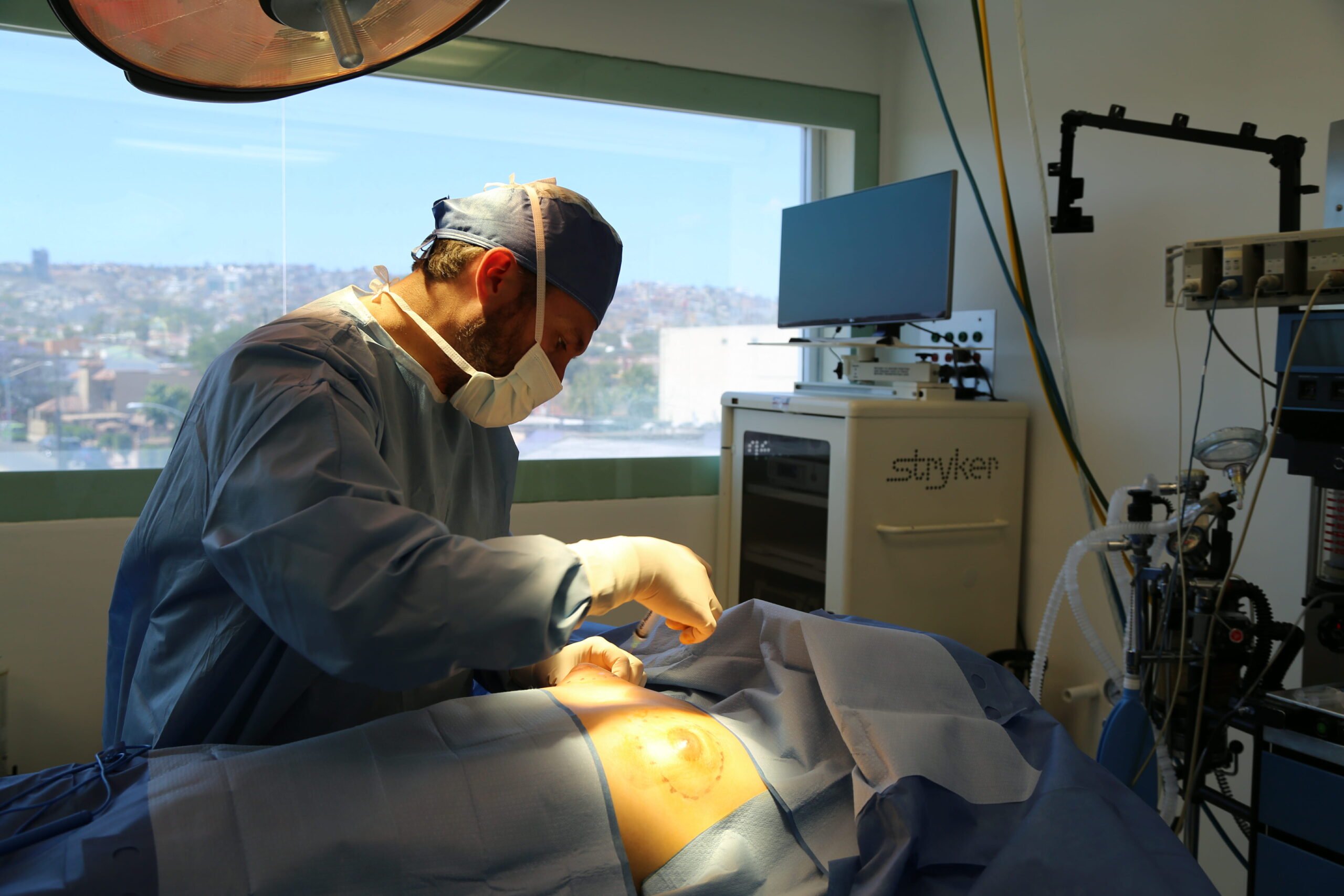Gynecomastia, the enlargement of breast tissue in men, is a condition that affects many males, causing discomfort and self-consciousness. If you’re one of the many men dealing with this issue, gynecomastia surgery offers a life-changing solution. This comprehensive guide will provide you with all the essential information about the procedure, its benefits, risks, and recovery process, helping you make an informed decision.
Table of Contents
What is Gynecomastia Surgery?
Gynecomastia surgery, also known as male breast reduction, is a surgical procedure designed to reduce the size of male breasts, flattening and enhancing the chest contours. The procedure involves the removal of excess breast fat, glandular tissue, and sometimes skin.
Who is a Candidate for Gynecomastia Surgery?
Ideal candidates for gynecomastia surgery include:
- Men with Stable Breast Development: It is important that breast development has stabilized before considering surgery.
- Individuals Experiencing Discomfort or Embarrassment: If you feel self-conscious or physically uncomfortable due to enlarged breasts, you may benefit from this surgery.
- Healthy Individuals: Candidates should be in good physical health, without life-threatening illnesses or medical conditions.
- Non-Smokers and Non-Drug Users: Smoking and drug use can interfere with healing and increase risks.
- Men with Realistic Expectations: Having a positive outlook and realistic expectations about the outcome is crucial.
Preparing for Gynecomastia Surgery
Preparation is key to a successful surgery and recovery. Here are the essential steps:
- Medical Evaluation: Your surgeon will review your medical history and perform a physical examination.
- Laboratory Tests: Blood tests and other diagnostics ensure you are fit for surgery.
- Medication Review: Your surgeon may adjust your current medications.
- Smoking Cessation: Avoid smoking several weeks before and after surgery to enhance healing.
- Recovery Planning: Arrange for someone to drive you home and assist you during the initial recovery period.
The Surgical Procedure
Gynecomastia surgery typically involves one or both of the following techniques:
- Liposuction: Used when gynecomastia is primarily due to excess fatty tissue. The surgeon makes small incisions and inserts a cannula to loosen and remove the fat.
- Excision: Necessary when glandular breast tissue or excess skin must be removed. It is also used to reposition the nipple or reduce the areola size. The incision patterns vary depending on specific conditions and surgical preference.
For detailed insights into the surgical techniques, visit American Society of Plastic Surgeons.
Recovery and Aftercare
Recovery from gynecomastia surgery involves several stages:
- Immediate Post-Operative Care: You will be monitored in a recovery room. Your chest will be bandaged, and a compression garment may be used to minimize swelling and support the new chest contour.
- Short-Term Recovery: Pain, swelling, and bruising are common for a few days. Pain medications and antibiotics may be prescribed. Light activities can usually be resumed within a week.
- Long-Term Recovery: Full recovery can take several weeks to a few months. It is essential to follow your surgeon’s advice on when to resume exercise and other strenuous activities.
For more detailed recovery tips, check out Mayo Clinic.
Risks and Complications
Like any surgical procedure, gynecomastia surgery carries potential risks:
- Infection
- Scarring
- Changes in Nipple or Breast Sensation
- Asymmetry
- Blood Clots
- Anesthesia Complications
Discuss these risks with your surgeon to understand how they apply to your situation.
Benefits of Gynecomastia Surgery
The benefits of gynecomastia surgery include:
- Improved Chest Contour: Achieve a more masculine appearance.
- Enhanced Self-Confidence: Feel better about your body.
- Physical Comfort: Relief from the discomfort caused by enlarged breasts.
- Active Lifestyle: Engage in physical activities without embarrassment.
For patient testimonials and before-and-after photos, visit RealSelf.
Conclusion
Gynecomastia surgery can be a transformative procedure for men struggling with enlarged breasts. By understanding the procedure, preparation, risks, and benefits, you can make an informed decision about whether this surgery is right for you. Always consult with a qualified plastic surgeon to discuss your specific situation and expectations.
Images source – https://www.vidawellnessandbeauty.com/
